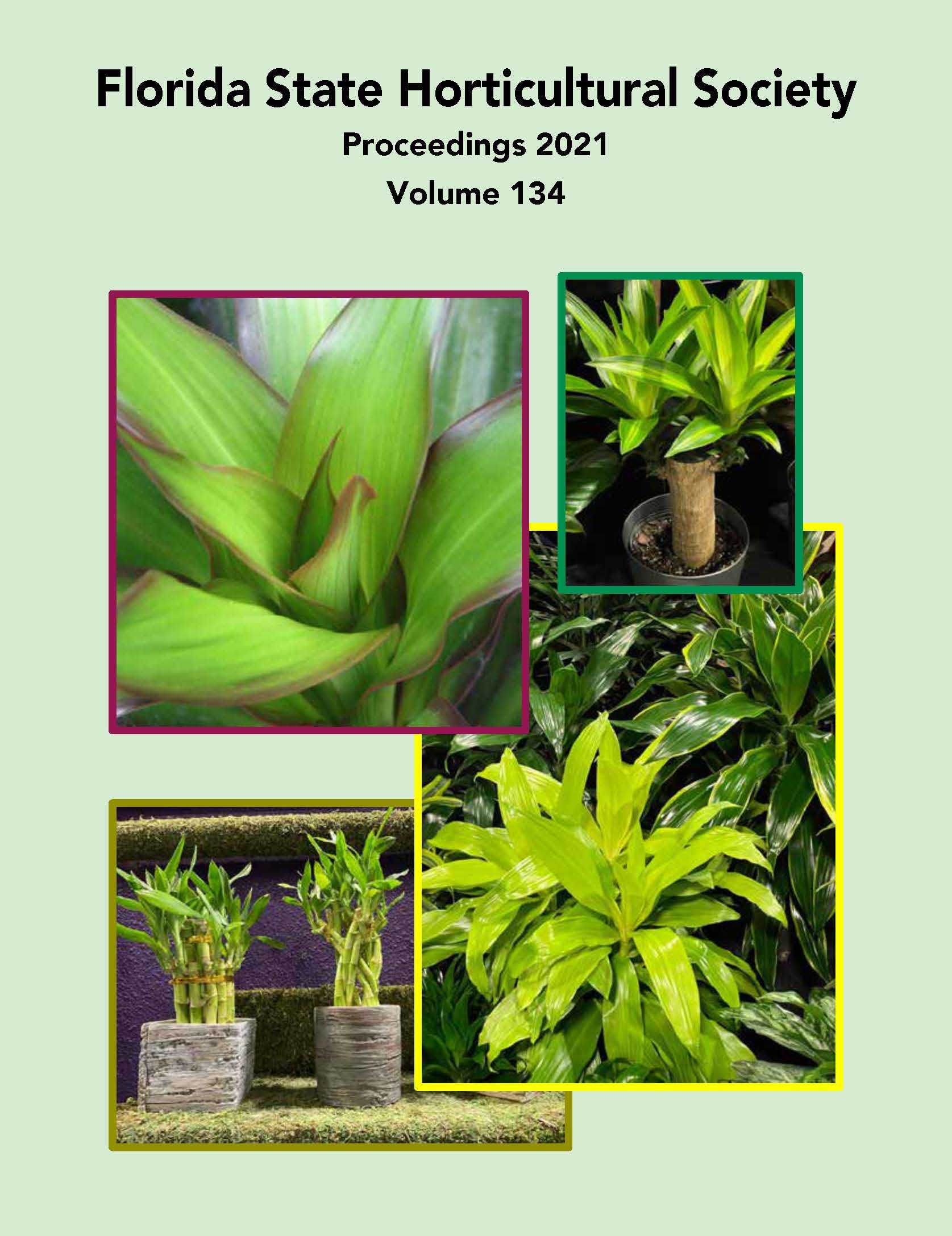Abstract
Most commercial strawberry (Fragaria × ananassa) growers in the Southeast use an annual plasticulture production cycle, planting cultivars that have been used for years in the region such as ‘Chandler’, ‘Camarosa’, or ‘Sweet Charlie’. Though these strawberry cultivars have proven their acceptability in yield and quality, there are a number of newer, June-bearing cultivars with potential for Southeastern production, that are now widely grown in California and Florida. Some of these cultivars are photoperiod-sensitive and have not been used in Southern Georgia since warm weather conditions are expected to cause softening of the fruit, dramatically reducing their storability and acceptability. To our knowledge, there are no studies that investigate the suitability of those cultivars to southeast Georgia climatic conditions. For this study, nine June-bearing and four day-neutral cultivars, obtained as plugs, were established in a commercial U-pick operation of the Coastal Plain (Lowndes County, GA) in early November. The experimental beds were cordoned off the rest of the field. They were drip irrigated and fertilized, with frost protection provided via row covers on a need basis. This work aimed to evaluate 13 new to the area cultivars under Coastal Plain growing conditions for viability, productivity, and fruit quality at harvest and after cold storage. The first harvest occurred in late January 2020 with the last one in mid-March (the experiment was halted early due to COVID-19 restrictions). Mature, red strawberries were harvested in individual plastic bags and stored in clamshells at 1 °C with 90% relative humidity for seven days. Cultivars that showed early plant development and fruit production were noted. Fresh market fruit yield per plant and average berry size were calculated for the growing season. The differences in several quality parameters such as water loss, firmness, color, sugar and acids distribution, were evaluated on the day of harvest and after seven days of cold storage. While there were no apparent fruit decay symptoms in any of the cultivars, possibly due to the short duration of the cold storage, significant differences in other quality parameters studies were observed. The average yield per plant along and the average fruit size differed significantly among a number of cultivars. The results of this research will provide valuable information to the strawberry growers of Georgia as well as North Florida regarding appropriate cultivar selection.

